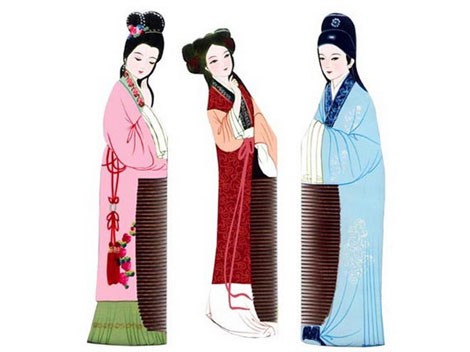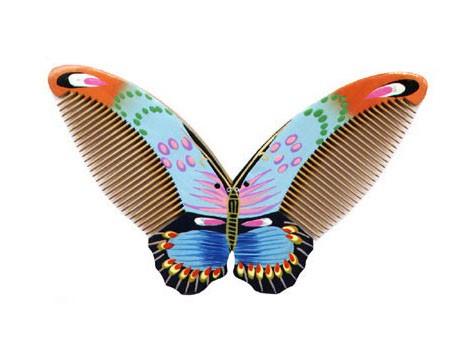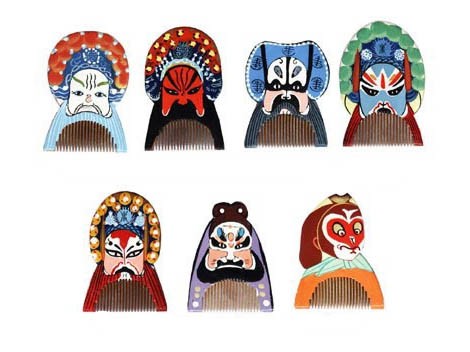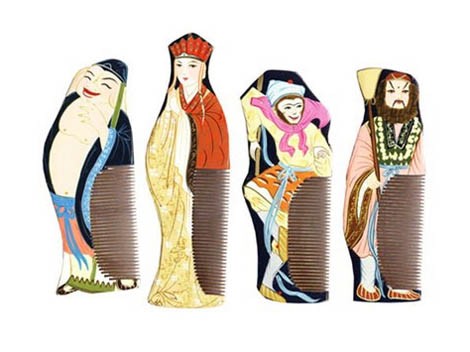
Kame is an ordinary article used for haircut which is comprised of comb and Biji. Since comb was invented by He Lian long ago, rich and colorful comb culture has taken shape after kame processing technique has undergone continuous improvement promoted by generations of Chinese craftsmen.

Gold, jade, ivory and other precious materials were often used by ancient aristocrats to make kames, as the exquisite kames were a symbol of their status. Practical and beautiful kames also serve as a mirror of aesthetic sentiment of people in different times. Moreover, kames provide health-care effect. According to the pharmacopoeia of traditional Chinese medicine — Compendium of Materia Medica, the application of boxwood combs is capable of relieving headache, curing insomnia and producing refreshing effect to the mind.

Having a history of over 1500 years and once served for a long time as an article used by emperors, Changzhou kames are traditional craftworks known across China. They are featured by fine material, strict process, beautiful design and unique technique. Local wooden combs are mostly made of over 100-year-old boxwood, briar and jujube trees through 28 working procedures. Bi Jis are made by 72 working procedures, using idiosyncratic bamboo, top quality latex paint and bones as raw materials. Techniques such as carving, drawing, engraving, and burning are employed in the making.

The most renowned Changzhou kames include "Longevity Comb" which provides health-care effect other than the functions of art appreciation; "Four Beauties" and "Twelve Beauties of the Red Mansions", etc., the design of which is of high ornamental values; combs as tourist souvenirs drawn with patterns of butterfly, dragon, phoenix and theatrical mask; and a variety of exquisitely carved Bi Jis which are endowed with traditional ethnic flavor and artistic charm.





